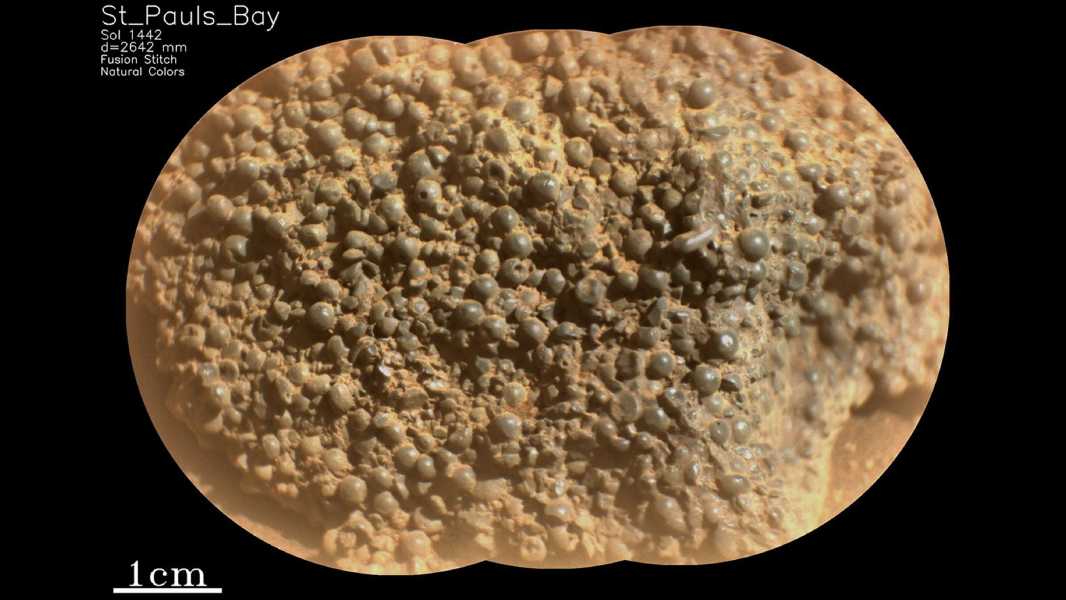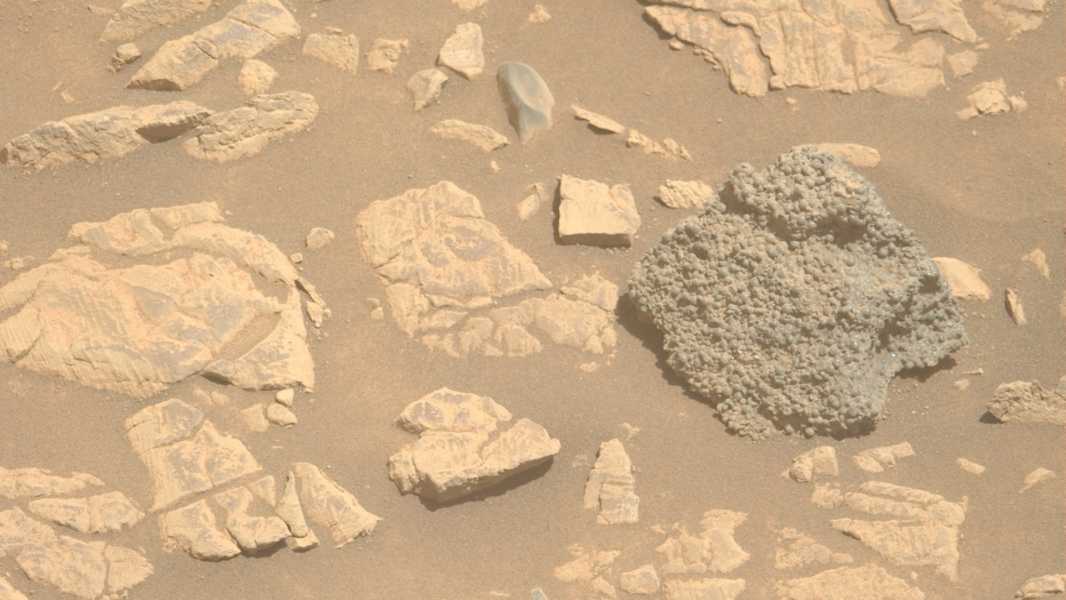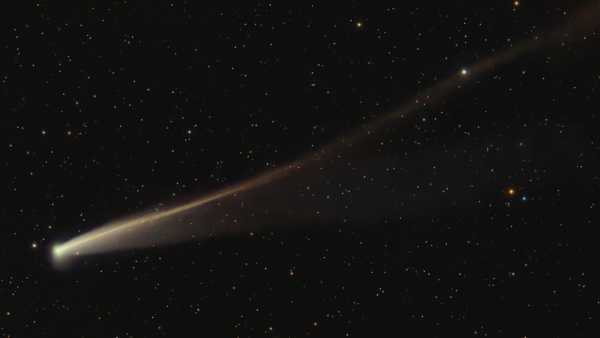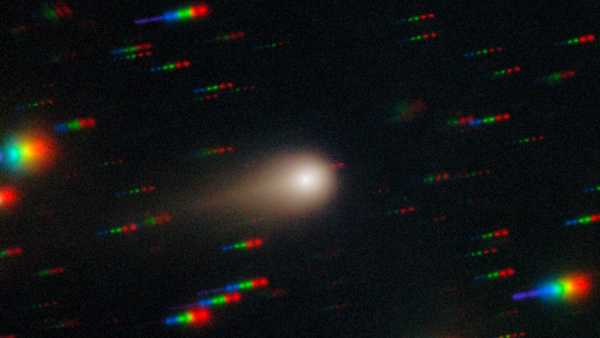
This image shows a unique Martian rock made up of hundreds of dark, round spherical balls stuck together, captured by the SuperCam Remote Micro Imager on the Mars Perseverance rover. The spherules are about 1 millimeter in diameter. Some are damaged and slightly weathered, while others have small holes. (Image credit: NASA/JPL-Caltech/LANL/CNES/IRAP)
NASA's Perseverance rover has spotted a strange object at the edge of its “eye”: a mysterious rock that resembles a cluster of hundreds of spider eggs. The rock was found on the slopes of Witch Hazel, a hill on the edge of Jezero Crater. It's lightly coated in red sand and looks distinctly out of place.

The mysterious rock, dubbed “St. Paul's Bay” by the Perseverance team, is surrounded by lighter rocks and reddish-brown sand.
The rock, dubbed St. Paul's Bay, is a floating rock, meaning it was not found in the location where it formed. As such, there are no contextual clues to explain its unusual texture, according to NASA.
But it’s not just the geological context that’s missing. Something has moved the rock from its original position, and that movement could provide clues to Mars’s geology. Perhaps the rock was formed when a meteorite crashed on Mars, vaporizing it before it condensed into the fine grains seen in the photo. If so, the rock could have originated far from its current location, which could help us understand how the meteorite impacts transport materials on Mars, NASA officials say.
Sourse: www.livescience.com





